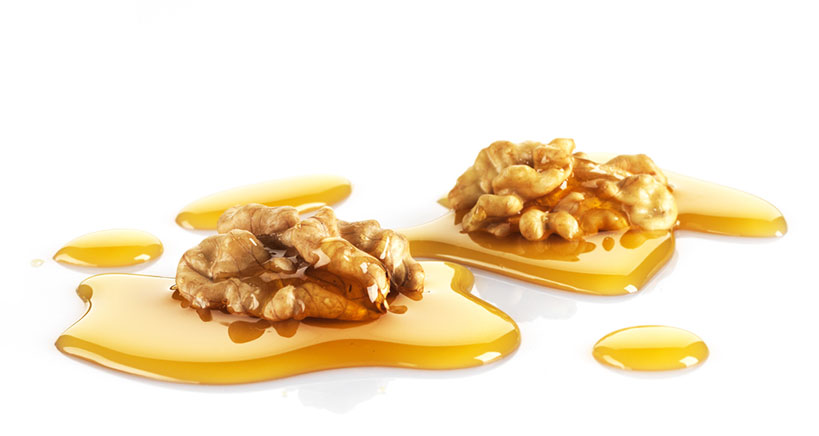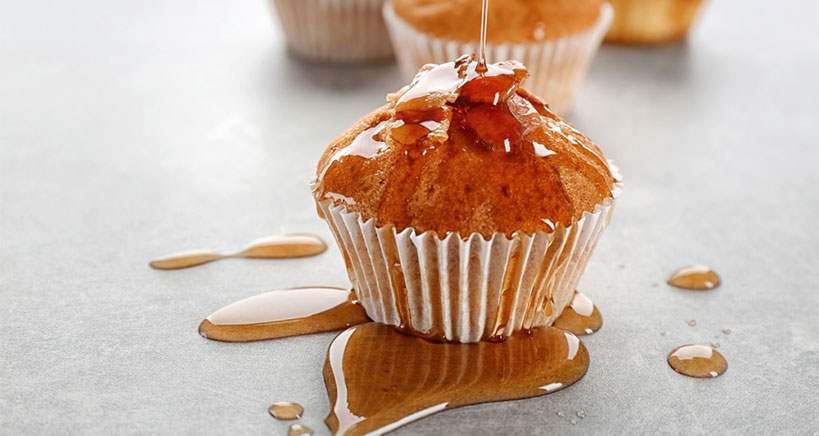
Did you know that there are multiple varieties of syrup beyond maple that you can offer your customers the next time they order pancakes, waffles, or French toast? Although sales of maple syrup are booming, also rising to the top of the popularity charts are a diverse menu of alternatives. Birch syrup and walnut syrup, for example, are made from sap tapped directly from the tree (just like maple), while other trees that can be tapped are elder, box elder, hickory, basswood, sycamore, beechnut, butternut, and more. Thanks to technological advancements, there are also syrup hybrids such as earthy tasting maple-walnut and nutty flavored maple-birch.
To treat your customers to an expanding menu of syrups teeming with taste and nutrients, enjoy the following guide to the birch and walnut types. As you will discover, although they are made using the same tools for tapping as sugar maples, each variety boasts many unique characteristics and can be used in cooking and baking to create novel dishes and add a savory twist to your customers’ favorite recipes.
Tapping the Value of Walnut and Birch Trees
For the past decade, teams of organic tree sap specialists (such as those at the Cornell Maple Program), alongside food technologists and manufacturers, have been researching the commercial potential of tapping walnut and birch for syrup. Among their key objectives has been determining the best tapping methods (i.e. the old-school bucket-hung-on-a-tree method where gravity pulls the sap from the tree vs. the more modern vacuum tube method where tubes are hooked up to the trees with a pump); the best times of year and climate conditions; the expected sap flow and yield; the comparative sugar levels; and the value of blending sap varieties. Last on the list: Taste tests to determine the potential of the new food products. In the words of Michael Farrell, co-founder of New Leaf Tree Syrups: “Part of the fun is seeing how people like it. Everybody loves maple, and we’ll have to see how they like these.”
Continue reading Beyond Maple Syrup: Discover Birch and Walnut

